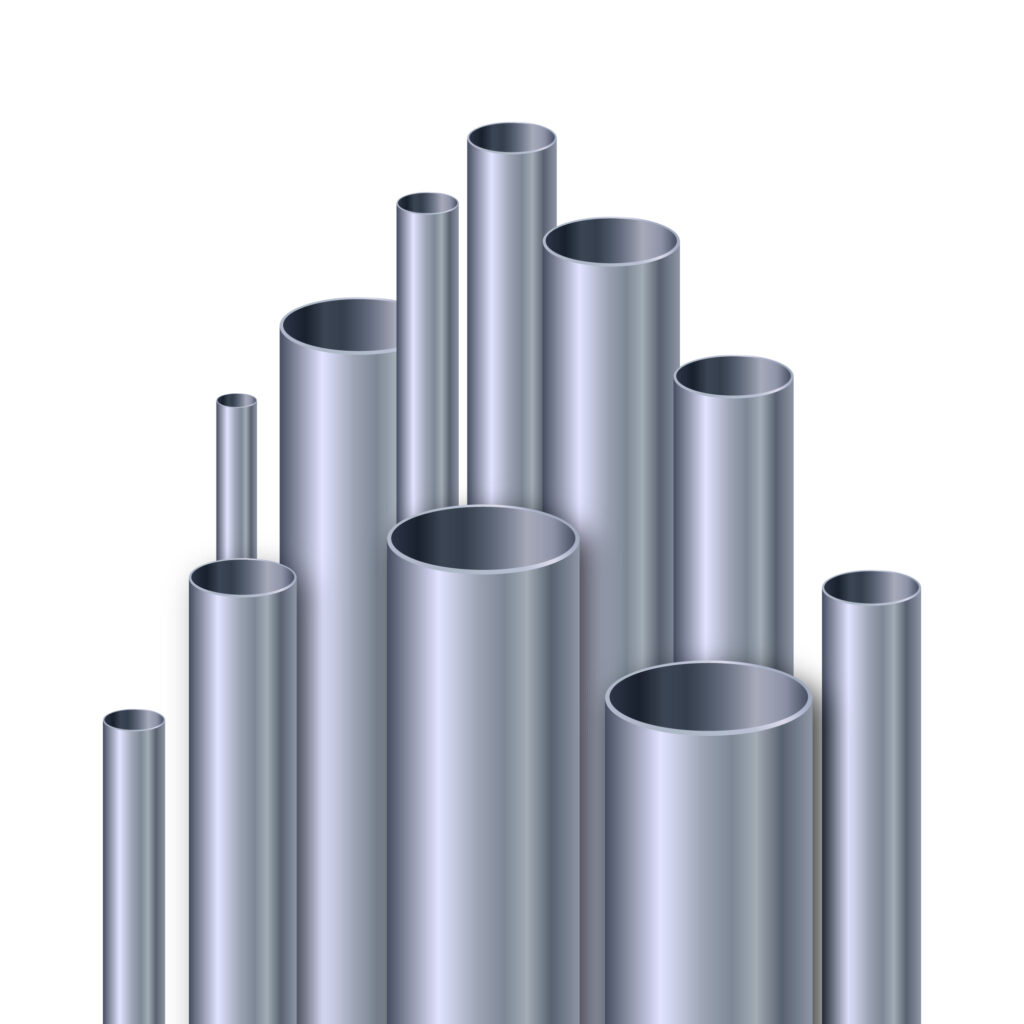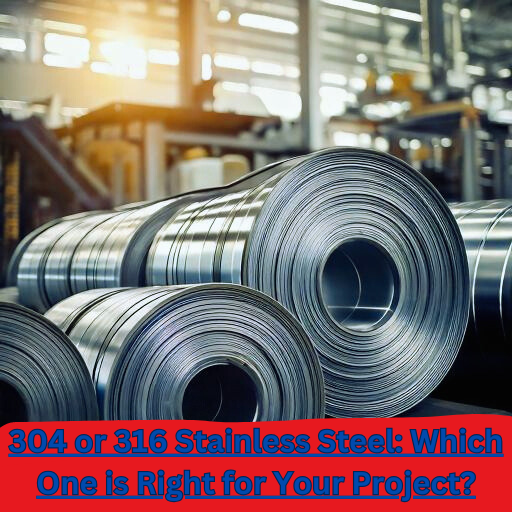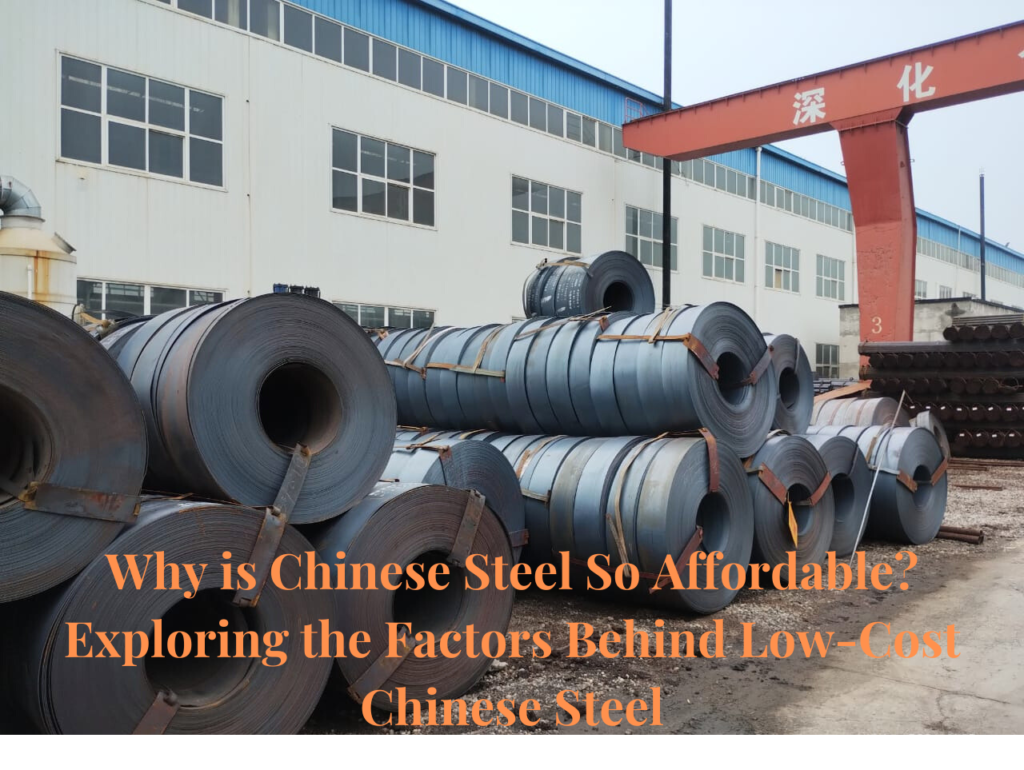Here is a in-depth overview of 304 VS 316 grade stainless steel, focusing on their chemical composition, properties, uses, and key differences. Both are popular in industrial and commercial applications, but each has unique strengths.
1. Chemical Composition of 304 vs 316 Stainless Steel
304 Stainless Steel: This is an austenitic stainless steel, containing approximately:
- 18-20% Chromium: Which improves corrosion resistance and hardness.
- 8-10.5% Nickel is: Which increases toughness and rust resistance and protects the steel from oxidation.
- Carbon, Manganese, Silicon, Phosphorus, Sulfur are also present in trace amounts which improve durability and hardness.
316 Stainless Steel : This also comes in austenitic stainless steel category, but it has extra:
- 16-18% Chromium : Which provides hardness and corrosion resistance.
- 10-14% Nickel : A little more nickel which helps in toughness and rust resistance.
- 2-3% Molybdenum : This is the major difference that gives it more corrosion resistance when exposed to chlorides, seawater and chemicals.
- Other trace elements similar to 304. Due to molybdenum, 316 grade stainless steel remains resistant even in harsh environments and does not rust.
| Element | 304 Stainless Steel (%) | 316 Stainless Steel (%) |
| Carbon (C) | ≤ 0.08 | ≤ 0.08 |
| Chromium (Cr) | 18.0 – 20.0 | 16.0 – 18.0 |
| Nickel (Ni) | 8.0 – 10.5 | 10.0 – 14.0 |
| Manganese (Mn) | ≤ 2.00 | ≤ 2.00 |
| Silicon (Si) | ≤ 0.75 | ≤ 0.75 |
| Phosphorus (P) | ≤ 0.045 | ≤ 0.045 |
| Sulfur (S) | ≤ 0.03 | ≤ 0.03 |
| Molybdenum (Mo) | – | 2.0 – 3.0 |
| Nitrogen (N) | – | ≤ 0.10 |

2. Differences in Properties: 304 VS 316 STAINLESS STEEL
Corrosion Resistance
304 Stainless Steel :
- 304 stainless steel has good rust resistance, especially in normal atmospheric and fresh water conditions.
- But it can rust when exposed to saltwater, chlorides or harsh chemicals.
- It is suitable for applications where there is no exposure to heavy corrosive elements.
316 Stainless Steel:
- It has high corrosion resistance, especially in chlorides and acidic environments.
- It works best in marine environments, chemical processing, and coastal installations where there is exposure to salt and other chemicals.
- It does not rust more easily when exposed to chlorides and industrial chemicals.
Chloride and Salt Resistance
- 304 Stainless Steel : Moderate chloride and salt resistance but prone to pitting and crevice corrosion in marine environments. It is better for indoor and fresh water applications, but should be avoided in high-salt environments.
- 316 Stainless Steel : Provides excellent resistance against Chlorides and salts, making it the best choice for marine and chemical industries.
Mechanical Properties
- Strength : The mechanical strength of 304 VS 316 stainless steel grades is similar, but the tensile strength of 316 is slightly better due to molybdenum.
- Ductility : 304 VS 316 stainless steel grades are highly ductile which makes them easy to shape and form without cracking, especially in the process of welding.
- Heat Resistance : 304 VS 316 stainless steel grades have heat resistance, but 316 can handle slightly higher temperatures, so it is also useful in high-temperature environments.
| Property | 304 Stainless Steel | 316 Stainless Steel |
| Hardness | Softer (70-95 HRB) | Slightly harder (79-95 HRB) |
| Ultimate Tensile Strength | 515-750 MPa | 485-700 MPa |
| Yield Strength | Lower (205 MPa) | Higher (290 MPa) |
| Composition Impact | Lacks molybdenum; less corrosion-resistant | Contains molybdenum for better strength and corrosion resistance |
Cost
316 Stainless Steel : 316 grade is expensive due to the Molybdenum, but it is worth the cost in corrosive environments. Its higher cost limits its use to applications where corrosion resistance is essential.
304 Stainless Steel : It is more affordable because it does not contain molybdenum. It is cost-effective and widely used in general applications.
3. Applications of 304 vs 316 Stainless Steel
304 Stainless Steel Applications
- Kitchen Equipment : Commonly used in sinks, countertops, kitchen appliances, cutlery and cookware because it is easily cleaned and corrosion resistant in kitchen environments.
- Medical and Food Processing Equipment : Used in medical devices and food processing equipment where basic corrosion resistance is sufficient.
- Automotive and Architecture : It is also used in automotive trim, fasteners and construction due to its strength and rust resistance.
- General Industrial Use : Used in pipes, tubes and storage tanks for non-aggressive environments.
316 Stainless Steel Applications
- Marine Equipment : Used for boat fittings, boat hardware, and coastal architectural components that experience regular saltwater contact.
- Chemical Processing and Storage : Suitable for tanks, pipes, and equipment in chemical processing plants due to its resistance to chemical corrosion.
- Pharmaceutical and Medical Devices : Used in pharmaceutical manufacturing equipment and medical implants due to its ability to resist corrosion and withstand harsh cleaning processes.
- Water Treatment and Desalination Plants : Frequently used in environments where water and salts are present, like desalination plants, for its high resistance to pitting and chloride corrosion.
4. Key Takeaways and Choosing the Right Grade
304 Stainless Steel:
- Suitable for general use, kitchen, medical equipment and such environments where there is no high salt or chemical exposure.
- Lower cost, widely available and easy to fabricate, making it perfect for applications requiring moderate corrosion resistance.
316 Stainless Steel:
- Best choice for environments where there is exposure to salt, chlorides and aggressive chemicals.
- Higher initial cost but provides long-term value due to better durability and resistance in harsh conditions.
- Widely used in marine, chemical and industrial applications where corrosion resistance is critical.
Summary
Selection of 304 VS 316 stainless steel depends on application and exposure conditions. If there is general use or exposure to light corrosive elements, then 304 stainless steel is sufficient and cost-effective. But in challenging environments where there is high exposure to salts, chlorides or chemicals, 316 stainless steel is the best investment for its superior corrosion resistance and durability, even if it is a little pricey.




Pingback: STAINLESS STEEL “Timeless Strength, Modern Versatility” - wiserbolt.com
Pingback: STAINLESS STEEL PIPES & TUBES:- DETAILED INFORMATION